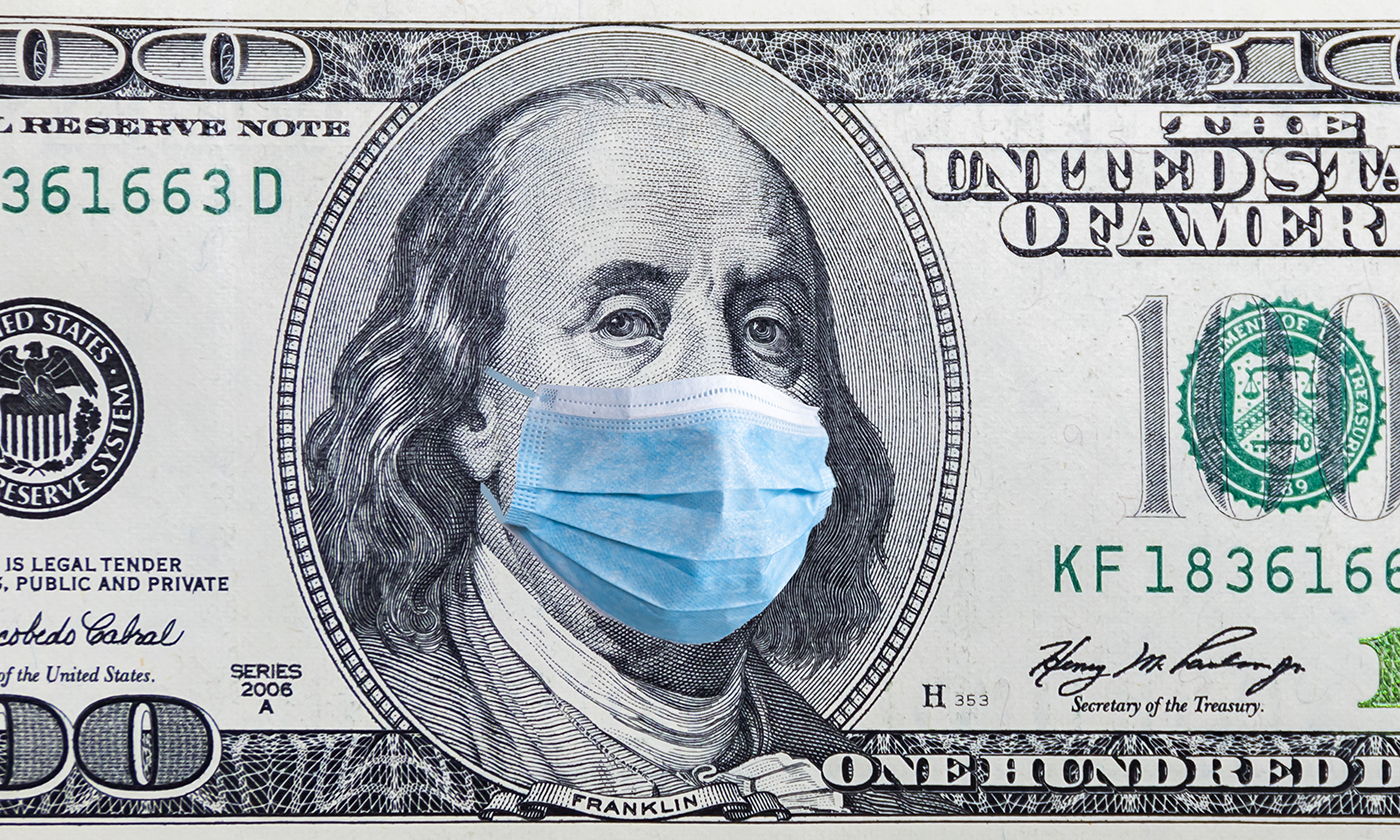Kerby Anderson
What has been the cost of the coronavirus and the subsequent lockdown? We usually hear pundits talking about the lives lost and the jobs lost. But there is another way to understand how much has been lost.
Christopher Roach reminds us that “Life is Risky” by providing a few responses to the argument that everything must be done to “save just one life.” He reminds us that we do not save every life now because it would be destructive. The moment you get in a car, you are taking a risk. He also adds that trying to save lives from one particular threat may increase the risks from others. We may use up resources that could be deployed against other risks. Currently we worry about the coronavirus and generally ignore the 83,000 who die of diabetes and the 67,000 who die of drug overdoses.
He suggests one way to evaluate the cost/benefit of the national lockdown. He starts with 20 million Americans who have lost their jobs (though the latest number is 40 million). Multiply that by the average income of $50,000/year. You get an economic loss of $1 trillion. Add to that $2 trillion in stimulus bills (though the final total will be three times that). Then add the loss in paper wealth in the form of retirement accounts. He comes up with a loss in excess of $5 trillion, though I suspect the amount is twice that.
He then applies these very low estimates to the assumption that the lockdown saved 100,000 lives. That would still mean that the government’s actions are 5 times higher than the benefit. If you assume it saved 10,000 lives, then it is 50 times higher.
As you can see, the cost/benefit ratio is quite high. This cost shouldn’t be ignored when debating the lockdown and the reopening of the economy.
 Listen Online
Listen Online Watch Online
Watch Online Find a Station in Your Area
Find a Station in Your Area











 Listen Now
Listen Now Watch Online
Watch Online
